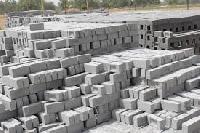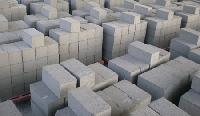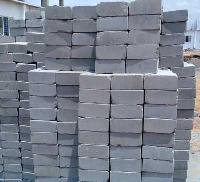
Fly Ash Bricks
It reduces dead load on structures due to light weight(2.6 kg, dimension: 230 mm x 110 mm x 70 mm). Same number of bricks will cover more area than clay bricks high fire insulation due to high strength, practically no breakage during transport and use. Due to uniform size of bricks mortar required for joints and plaster reduces almost by 50%. Due to lower water penetration seepage of water through bricks is considerably reduced. Gypsum plaster can be directly applied on these bricks without a backing coat of lime plaster. These bricks do not require soaking in water for 24 hours. Sprinkling of water before use is enough.
...more
Cemented Bricks
The strength of fly ash brick manufactured with the above compositions is normally of the order of 7.5 nmm2 to 10 nmm2. Fly ash bricks are lighter and stronger than clay bricks.
...more
cement hollow bricks
Fly ash brick (fab) is a building material, specifically masonry units, containing class c fly ash and water. Compressed at 28 mpa (272 atm) and cured for 24 hours in a 66 °c steam bath, then toughened with an air entrainment agent, the bricks last for more than 100 freeze-thaw cycles. Owing to the high concentration of calcium oxide in class c fly ash, the brick is described as "self-cementing". The manufacturing method saves energy, reduces mercury pollution, and costs 20% less than traditional clay brick manufacturing.
...moreBe first to Rate
Rate This